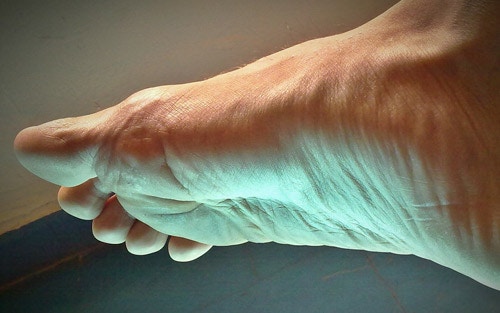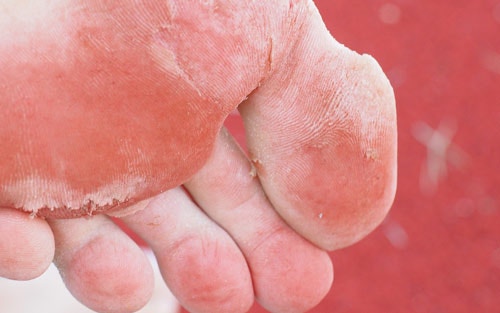Three Common Foot Problems – Symptoms and Treatment
Do your feet hurt? That pain may represent a grave illness which can lead to severe debilitation or amputation if not addressed. Our feet carry much more than our weight, they are responsible for our mobility and our physical stability. When something goes wrong with your feet, it should be addressed immediately before developing into … Read More

